

Max Davies
Skoda aiming for Tesla with new electric SUVs
3 Hours Ago
The sweet spot in the AMG GT range, you have to really try to dislike it.



Publisher
New from
$256,235
excl. on-roads

Publisher
New from
$256,235
excl. on-roads


Publisher
New from
$256,235
excl. on-roads

Publisher
New from
$256,235
excl. on-roads
Quickly see how this car stacks up against its competition. Select any benchmark to see more details.
Where expert car reviews meet expert car buying – CarExpert gives you trusted advice, personalised service and real savings on your next new car.
Back at the 2014 Paris Motorshow, Mercedes-AMG released the original version of the AMG GT, a car that shared a great of its chassis with its SLS predecessor. Gone was the 6.2-litre naturally aspirated V8 and the gullwing doors and in its place a 4.0-litre twin-turbo V8 and conventional doors, but for a lot less money.

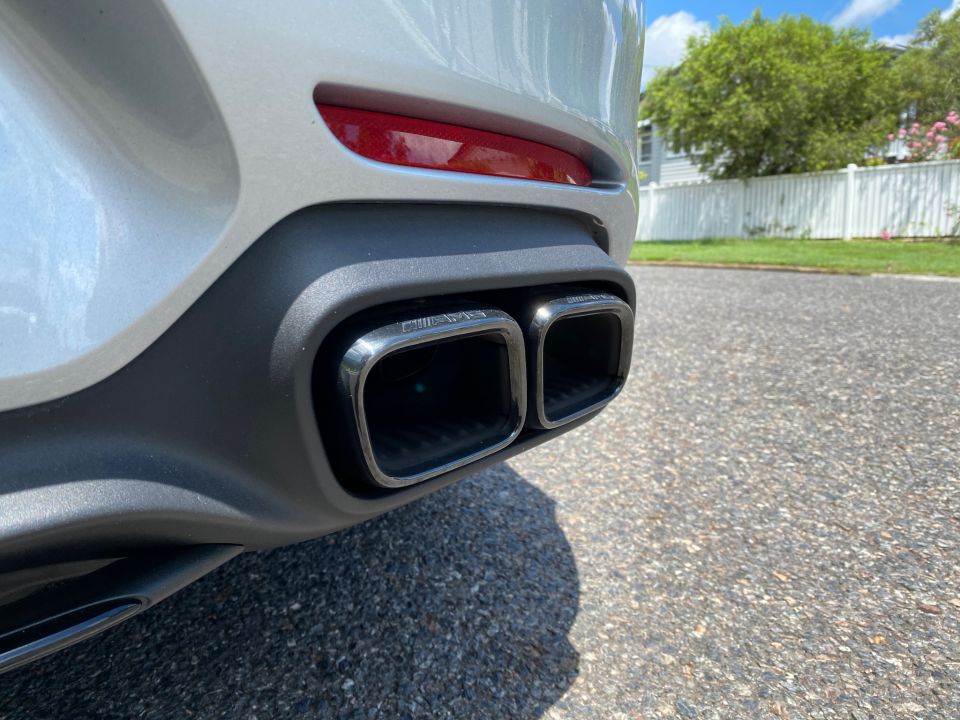

Fast forward more than five years and the GT range has been updated with both an interior and exterior refresh, bringing it more in line with the rest of the Mercedes range. The GT C, the car we are testing here, is very much the sweet spot between the GT S and GT R, even if the naming convention would suggest it’s the entry model in the range.
The Mercedes-AMG GT C is a direct competitor to a whole range of cars, from the ever-satisfying Porsche 911 to the Aston Martin Vantage and the recently launched BMW 850i. The GT C now being available as a coupe is also a big bonus as it was previously a convertible only.

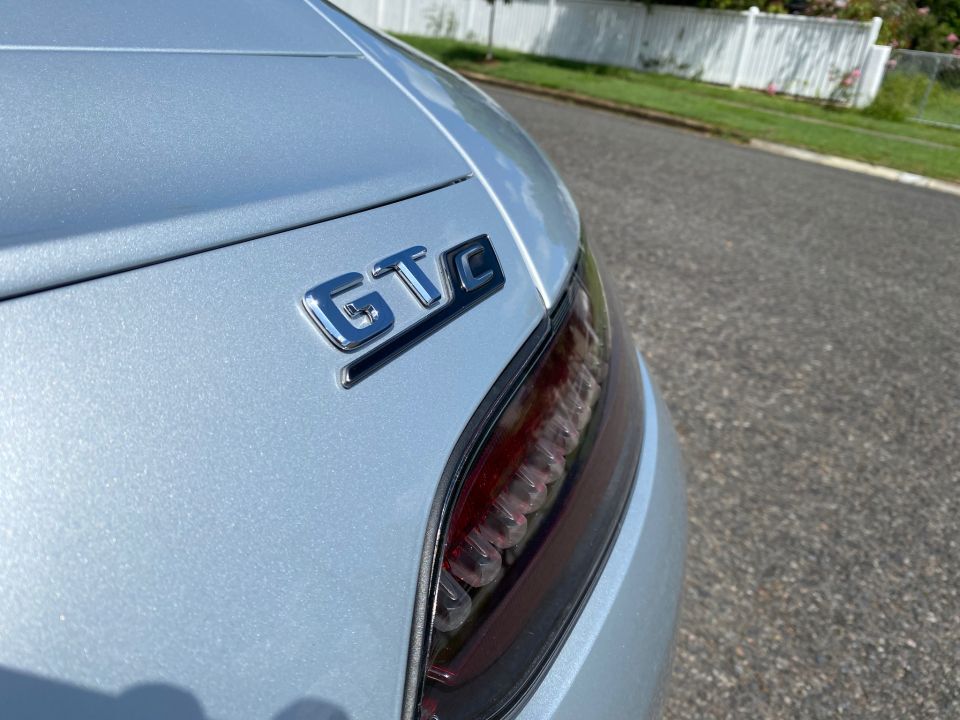
Nevertheless, in its own way, it’s a competitor to none. It has an underlying presence thanks to its SLS-inspired long nose and unique proportions that outstrips the majority of its rivals for looks and street appeal, but it’s not without its flaws.
If you’re looking at one of these as your first ‘supercar’, then the driving experience of an AMG GT C is rather spectacular. It’s a very fast – 3.7 to a 100km/h – yet drivable car. It’s a daily as much as it is the sort of car you would take for a rapid drive up a mountain range. Despite having two turbochargers, this is the best sounding V8 of its kind and it roars with plenty of AMG-trademarked pops and crackles.
You sit rather low in the car and getting in and out can be challenging in tight spaces thanks to the insanely large doors (remember, the chassis was originally designed to have Gullwing doors like the SLS, which need far less horizontal space to open).



It perhaps doesn’t have the same head-turning capacity as an Aston Martin Vantage or Italian exotics, but from experience, it certainly seems to get a bit more attention than just a regular 911. Which is good for some and not so good for others. If you happen to have the mode turned into Sport or Sport+ it will make so much noise that no one can miss you.
The most irritating part of living with an AMG GT C is the lack of a front suspension lift kit. Even as an option. The nose is so long and sits so very low and the front overhang is just long enough that you will find yourself angling the front wheels at nearly every entrance to avoid a costly scrape.
There is a bit of plastic under the centre of the front nose, but there is not much to save you on the sides and we are yet to see a single AMG GT that hasn’t had some kind of front lip damage over a reasonable period of time. The key is to just accept it and live with it knowing that you can fix it all up at once rather than on every minor occasion.
Much like other high-end Mercs, the key to the AMG GT C’s appeal is its subtly. It’s a very expensive and exclusive car, but it doesn’t need to shout about it. It impresses those that know and leaves the ignorant with the thought that it’s just a really nice Mercedes.
The GT C sits at around $330,000 between the GT S (roughly $300,000) and GT R (roughly $350,000). It’s a lot of money, but it’s also a lot of car and realistically the car is perhaps a fair bit cheaper – particularly in this climate – if you’re willing to negotiate.
It’s not a high-volume car and if you can find one that is already in stock, you will get a much better deal than trying to custom order one from the factory. The list of options is actually not as long as you may think. Our test car had the following:
Buy your new car without the stress. It's fast, simple and completely free.

Great service from Travis and team, second time I have used this business would not hesitate to recommend them to anyone
Craig C.
Purchased a Ford Ranger in Sunshine Coast, QLD
CarExpert helped Craig save $7,224 on his Ford Ranger, now let us save you on your next new car.
Get your BEST priceThe GT C gives you the sweet spot in the AMG GT range. It has more power than the GT S but is far more driveable as a daily than the GT R. We feel like it can really do with a better badge, it would have made a lot more sense for this to be called GT S and the GT S to be called GT C, but perhaps we are nitpicking.
What the GT C offers over the GT S is the wider rear track of the GT R, plus 410kW of power and 680Nm of torque (26kW and 10Nm more than the GT S and 20kW less than the GT R). Yes, it’s only 57mm wider than the S, but consider that you also get rear-wheel steering and more unique bodywork from the track-ready GT R, and you start to wonder why Mercedes even bothers to sell the GT S any more? It really should be a choice of GT C or GT R, and most buyers tend to pick the GT R.
Whilst there is no crash test data for the AMG GT range, the addition of autonomous emergency braking, blindspot monitoring and Active Distance Assist DISTRONIC (following the speed of the car in front) really makes the GT more of a daily than ever before. Unlike most high powered cars, the GT can sit quietly in comfort mode and follow the heavy traffic with very little input.



It’s much better than it used to be. The updated interior fit and finish brings the button-heavy interior into the modern world. It’s still not up to even the new A-Class when it comes to infotainment technology as it lacks the latest in Mercedes’ class-leading MBUX system, but the seats, the ambience and the Mercedes’ attention is very much amazing.
The great thing about the interior of the GT C is that it does what its meant to rather well. In that, it provides a supercar-like environment that is user friendly. It’s leaps and bounds ahead of the fit and finish of what you will find inside a Ferrari or Lamborghini, even if it’s not as outlandish, but probably falls a little short of the new 911’s amazing setup. Its closest rival is actually the Vantage and that’s because the Vantage is really just a Mercedes inside.
There’s not an awful amount of room in the cabin and the cup holders are not the type you would trust with a hot cup of coffee. But this car is about driving, and the seats hug you nicely and if there was ever a need to carry some suitcases for a weekend trip away, the 175L boot (285L if you include the full tailgate area) can mostly accommodate those needs.
There is a rather powerful 4.0-litre twin-turbo V8. The two inner-V turbochargers are designed to produce a heap of torque without much lag. In the GT C format, that brings about 410kW of power and 680Nm of torque.
As the shape would very much suggest, the engine sits in the front and the power goes to the rear wheels, but like the SLS the AMG SPEEDSHIFT DCT 7G transmission is in a transaxle configuration, giving the GT C a far more optimal weight distribution of 47% to 53% between the front and rear axle. Which is almost hard to believe given the shape of car.


There is just so much torque from this powertrain that there is never any sensation of wanting more. It is fast and it feels fast.
It’s a huge improvement over the original GT S from 2015. The steering is much sharper, the general dynamics are now far more like a sports car than a GT, but without losing the everyday usability.
Nonetheless, its not as sharp as a 911 when the corners start to tighten up. The GT C’s rear-wheel steering and wider rear track give it noticeably more stability than the GT S and overall you’re not going to notice it lacking in the dynamics department until you are dialling it up to 9/10ths. Which is why there is a GT R, which is hard to fault.
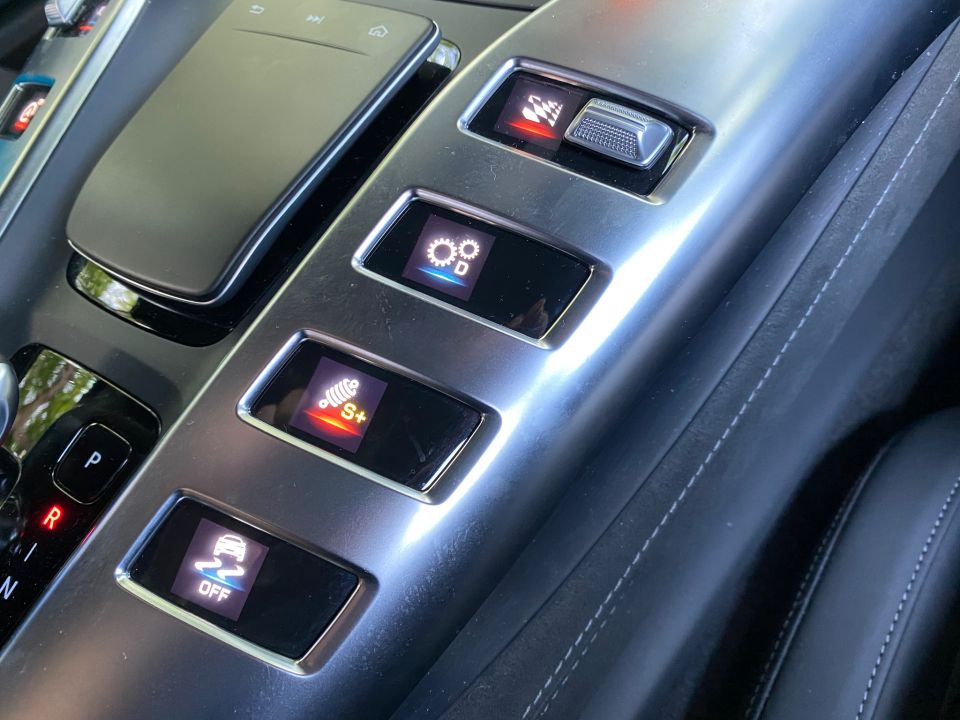
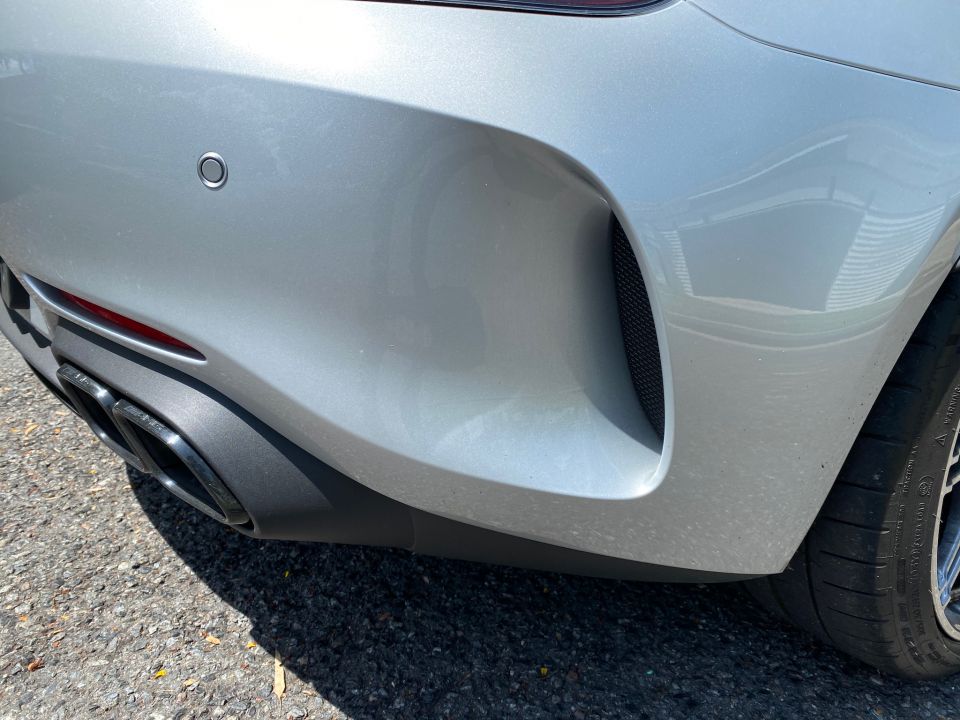
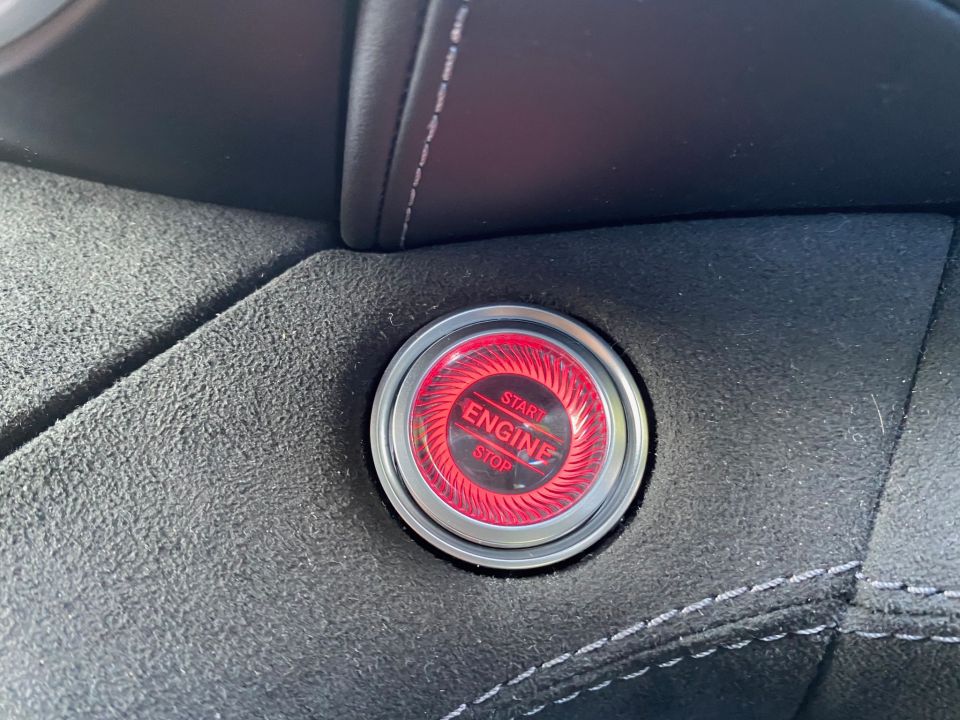
The beauty of having all that power in a usable car means that unlike some of the more exotic options out there, the GT C is user friendly across all levels. A lot of that comes down to the AMG ride control suspension with adaptive damping. With a double-wishbone setup it provides great dynamic capacity in stiffer settings whilst having a very comfortable – yet not floaty – ride in comfort mode.
With Mercedes moving to a five-year warranty, this GT C is even more appealing than before. The ownerships costs are actually very reasonable considering the purchase price. Service intervals are every 12 months/20,000km) with the following costs:
That makes the total over three years at $4,750, but if you pay upfront for the three services, you can purchase a plan for $3,750 ($1,000 saving) which seems like a no brainer.
Buy your new car without the stress. It's fast, simple and completely free.

Great service from Travis and team, second time I have used this business would not hesitate to recommend them to anyone
Craig C.
Purchased a Ford Ranger in Sunshine Coast, QLD
CarExpert helped Craig save $7,224 on his Ford Ranger, now let us save you on your next new car.
Get your BEST priceWould I buy one? No. I would buy the GT R. When it comes to performance cars, the concept of a friendly daily makes sense… and it doesn’t. You will get just as many thrills in a C63 coupe if you’re after a daily, so if you want a hardcore performance AMG, put your big boy pants on and go get the GT R that you know you really want.
But don’t email me when you go over a bump and the chiro comes on speed dial.
Where expert car reviews meet expert car buying – CarExpert gives you trusted advice, personalised service and real savings on your next new car.
Alborz Fallah is a CarExpert co-founder and industry leader shaping digital automotive media with a unique mix of tech and car expertise.


Max Davies
3 Hours Ago


Max Davies
3 Hours Ago


Ben Zachariah
5 Hours Ago


William Stopford
5 Hours Ago


James Wong
8 Hours Ago


Damion Smy
11 Hours Ago